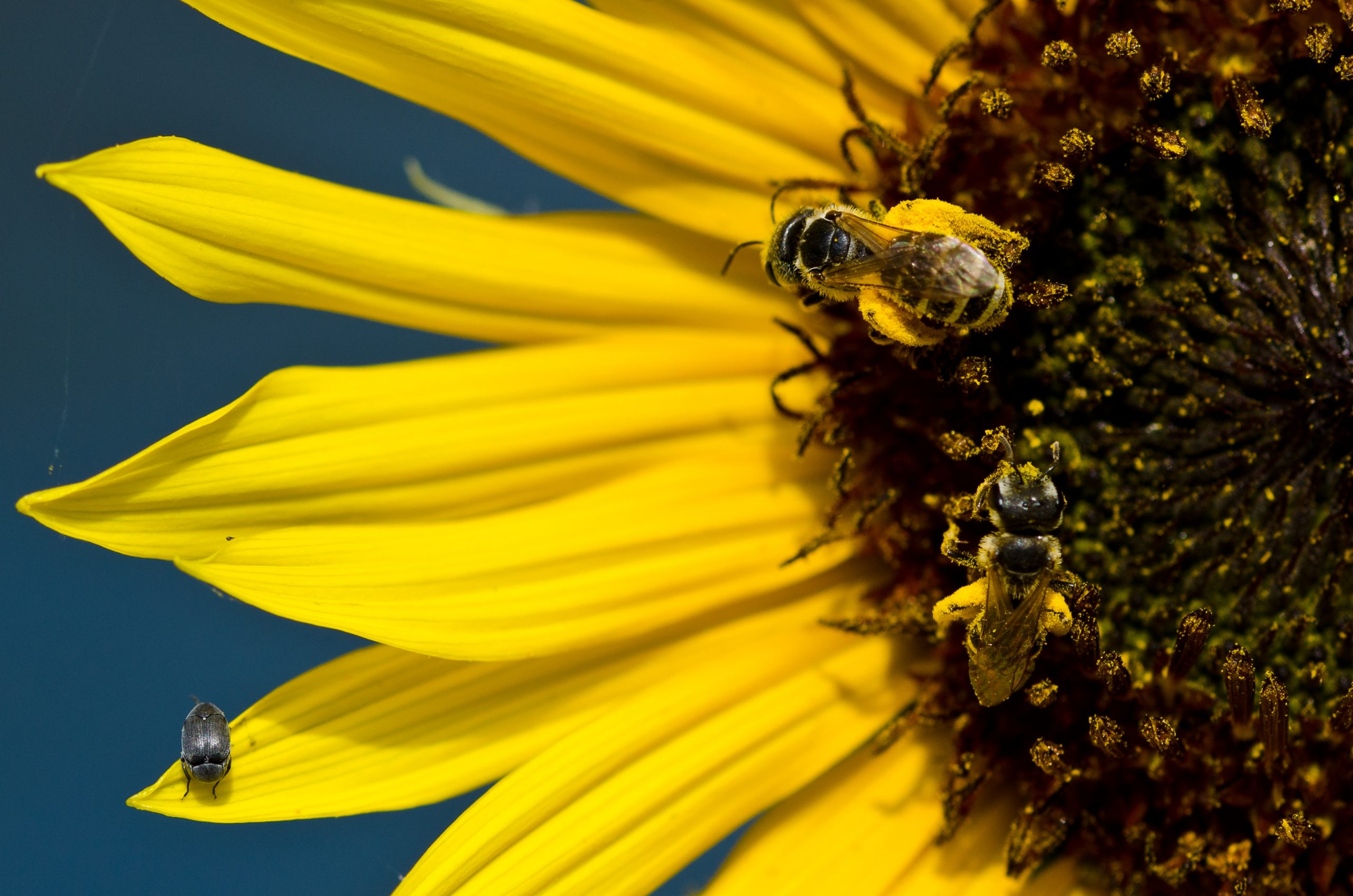‘Following the Wild Bees:’ A Guide to Bee Hunting
May 16, 2016
Many know about beekeeping as the way in which honey is made available for typical grocery stores or the local farmer’s market—done by those men and women raising and caring for honeybees and gathering surplus honey from the hives to sell on the market, with beekeepers ideally having enough colonies to not affect the bees’ winter stores. However, for those who don’t want to buy honey, beekeeping is not the only way in which one can gather it, especially if there is not enough time to raise honeybees. But then again, there’s always the option of bee hunting, the once popular pastime of commandeering wild honey right from the source.
Despite bee hunting being largely reduced to a fun hobby for foragers, Thomas D. Seeley, professor of biology and author of several honeybee books—just published a book offering insights into the history and science of bee hunting, Following The Wild Bees: The Craft and Science of Bee Hunting. This book, as a way of contributing to the knowledge and possible resurgence of honeybee hunting, is part Seeley’s meditation on the joy of engaging with nature and part guide to the innovative methods required for the bee hunter’s craft.
Following The Wild Bees also provides high quality photos, helpful diagrams, and ways to apply both to the growth of a novice’s skill through biology and personal anecdotes. The specific practice of bee hunting, one little heard of in the US yet popular in other countries like Bangladesh, involves finding a patch of seasonally blooming flowers crowded with bees, capturing and feeding wild bees, and then releasing and following them back to their hive, whether it’s a hollow tree, an old building, or an abandoned hive.
As Seeley sees it, the reward a hunter receives is an experience within the natural world that can potentially challenge the mind and body together and provide new insights into wild honeybee behavior, which also translates into “domesticated” honeybee behavior that beekeepers can use for their bees. “It’s a natural form of treasure hunting, rather like geocaching,” Seeley said. “Think of it as ‘beeocaching.’
Given the unregulated nature of foraging, it is always important to remember that when gathering wild honey, it’s destructive to the hive to deplete it of its stores completely—so be frugal with what you take. If not, not only would it guarantee less honey later, but it would mean honeybee colony starving during winter or being forced to feed on their own larvae to make it to spring’s first blooms. Also (and obviously), be wary of agitating honeybees—they may be docile most of the time, but as we’ve all learned at some point, they can become protective of their hive quickly.


.jpg)



